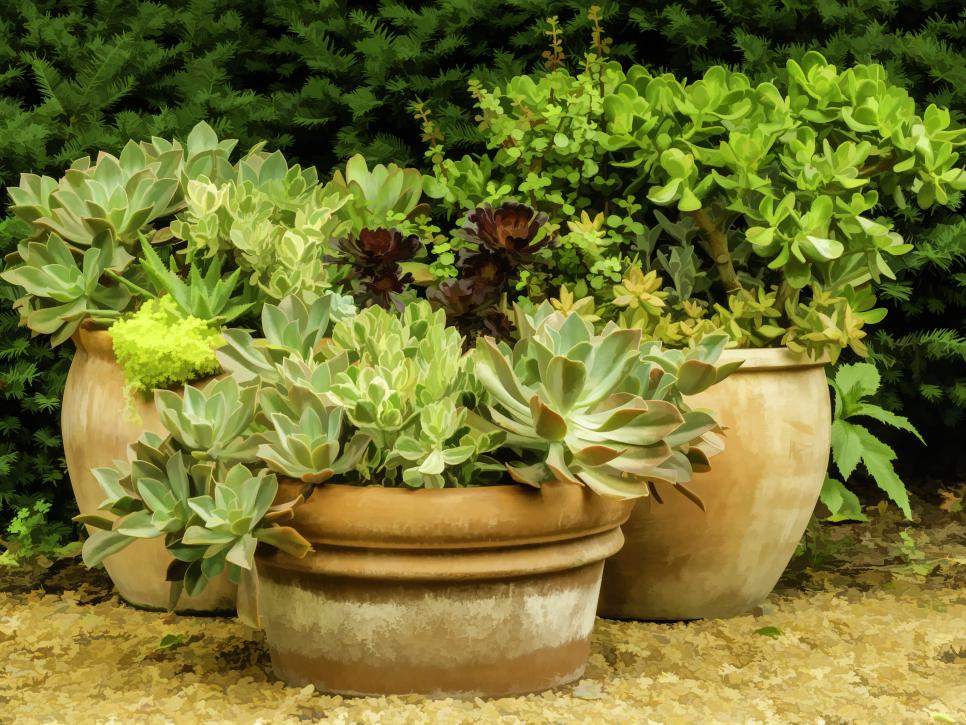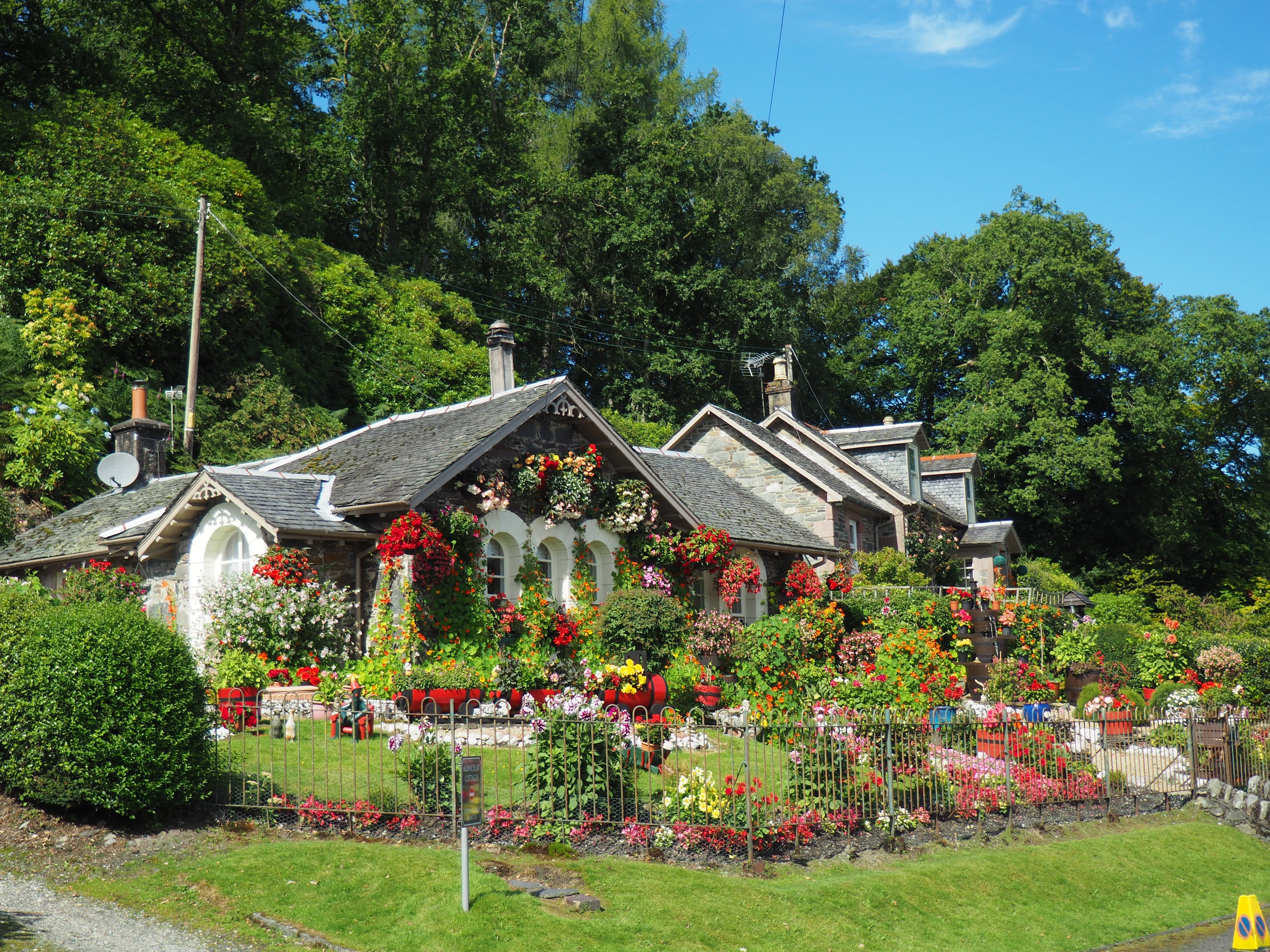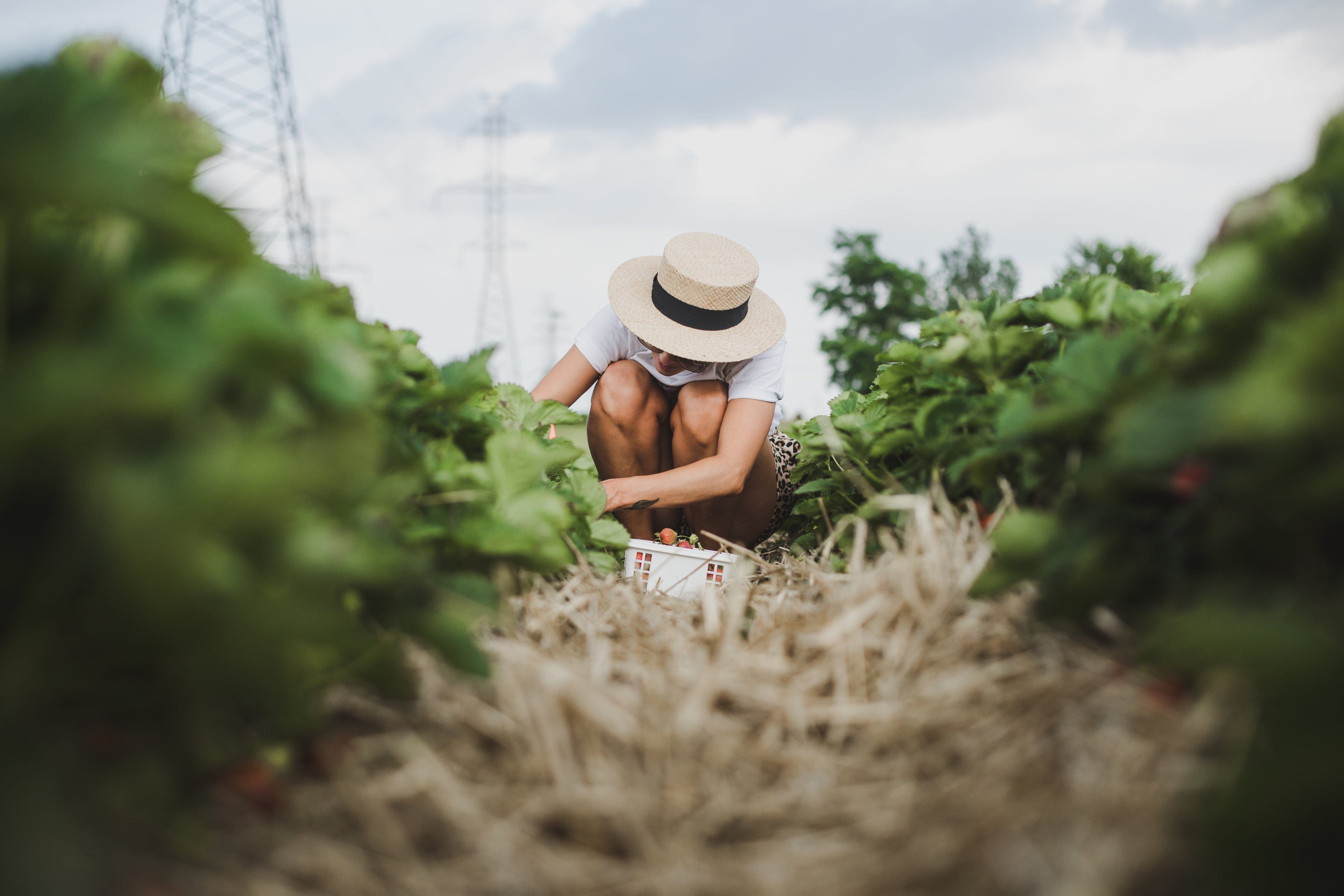
Are you drying out your pot plants? Find out how to stop this from happening.

All gardening takes some time to learn what works and what doesn’t, every garden, every person and every plant is different and often requires a little effort to figure out what you are doing right and what needs changing.

Even if you don’t have those green fingers, this does not mean you don’t deserve that green growing garden. Some people have a knack for it where as others just need time to learn.
It may just be an easy fix, between too much or too little water, sun or shade.
One of the more difficult pot plant skills is finding that balance between too little water and too much water.
Firstly you need to learn how much water the plant needs, then monitor if you are caring correctly.
Quick read on the best type of soils for plants
In order to monitor, it is important to know what happens to your plant when you over or under water it:
Signs of over-watering:
Get to the root
Roots are a huge contributing factor to your plants survival. Roots are the primary source for your plants water, food, and oxygen. The roots take in the water but they still require air to breathe. For your soil to be happy and healthy, it needs to have oxygen between the particles of soil. If you notice too much water in the pot or that the soil always seems to be wet, this means there aren’t enough air pockets and your plant is not breathing, you are therefore drowning your plant.
Look at your leaves

When plants are starved of water they will often turn Brown and wilt, but this can also happen when plants are given too much water. How is one supposed to know what they doing wrong if the same symptom occurs with opposite causes? Look and feel your leaves, if you have overwatered the plant, the leaves will become soft and limp. This is different to lack of watering, in this case your leaves will become dry and crispy.
Water warts
When a plant is being given too much water, pressure builds in the cells of the leaves. The root has absorbed more water then needed and therefore the leaves are storing unnecessary amounts.
The cells will die and burst, creating blisters and parts of the leaf will look “bruised” . It doesn’t end there, eventually these blisters will burst and a brown, or white wart-like growths begin to form in their place.
Slow Growth with yellow leaves

Stunted and slow growth as well as yellowing leaves is also a sign that you are overwatering. Look out for yellow leaves, old leaves or the new leaves falling off regularly.
Signs of under-watering:
Wilting
Turgor is a force within the cell that pushes the plasma membrane against the cell wall, if there is not enough water your plant will lose its turgor, this will then visibly show your leaves wilting, drooping and becoming crispy.
Dry soil
If you notice the soil around a plant is most often dry, it is an easy sign that it may need more water. Keep in mind some plants have water storage mechanisms such as most succulents, in this case the soil will be dry but the plant has water stored and if you over water it could kill the plant.
Look at your leaves

When you notice the tips of your leaves becoming dry, brown or dying, it is most likely they are lacking water. There is still time to save the plant, however if you do not give it the water it needs, eventually the entire leaves will die.
Slow growth
If you are watering your plant, maybe irregularly, and notice the plant is surviving but growing very slowly, chances are good you are not providing it with enough water. You will notice new leaves growing smaller or even the leaves are falling off as quickly as new ones grow.
Now that you know how to determine what your plant is asking for, here are many ways to help prevent your pot plants from drying out.
Use a plastic bottle
Prevent your pot plants from drying using easy and unusual tricks set out by gardening expert David Domoney.
Expert David Domoney recently shared his tips and tricks on the British Television show “This Morning”
David Domoney is a Chartered Horticulturist and English celebrity gardener.
All you need for this effortless tip is a water bottle and a screwdriver.
How he did it, firstly, using the screwdriver, he pierced holes into an empty water bottle. He then placed this bottle in the middle of the pot and covered it closely with soil.
The purpose of this is to keep relative and continuous moisture.
Once you have watered the soil in the container, you can then fill up the bottle which will slowly release little amounts of water into the soil, keeping it moist.
Tip: Puncture holes in the lid and put it back on to the bottle. This will help prevent dirt from entering the bottle and clogging it.
You can also use mesh to cover the whole so that water can still enter while limiting the dirt from going in.
This is best for warmer, sunny days when the soil tends to dry out quite quickly or if you plan to be away for a couple of days and are worried about your plants not being watered.

Use self watering irrigation pots
Olla pots are unglazed clay irrigation pots with the base being buried underneath the soil with the opening positioned above ground in order for it to be refilled. First used in China and North Africa more than 4,000 years ago, this technique is now used throughout the world as a water wise option.

Use drip irrigation
Implant a drip line to your pot plants which allows for them to automate their watering.
Water in the morning
Plant roots are inclined to absorb more water in the morning as the environment tends to be cooler from the night.
The winning Wick
Use any wicking string, rope or even an old t-shirt.
Place a bucket filled with water near to the container plant, insert one end of the wick in the bottom of the bucket, so it can absorb all the water. Have the other end in the middle to surface of the container.
The purpose is that the when the soil dries in the container plant, the wick should provide water.

The magic of mulch
Fill the top of your containers with mulch( rocks or bark), this will help prevent the plant from drying out as well as stop, water stealing, weeds from growing.
Make sure you understand what mulch is, with our brief description here
Pick your pots wisely
Make sure you consider various aspects when choosing which pot to go for.
Smaller pots tend to dry out faster where as larger pots need more soil and allows for more stored moisture. Dark colored pots also retain more heat than light-colored ones.
Water Deeply
Just making sure the top layer of soil is wet, is not sufficient in the plants survival. As the top layer is exposed it will dry out quickly and more importantly, the part of the plant that requires most of the water, the roots, are most likely lower in the pot. Make sure to submerge the pot checking that the water runs out the bottom. Also be sure that there are holes for excess water to drain.
Line Pots with Plastic Bags
Place plastic bags, with drainage holes, inside your pot before planting. This helps with lowering down the water evaporation.
Sponges
Place any household sponge at the bottom of a pot to help soak up water.
Keep in mind this is better fitted for smaller pot plants.

Deal with a dehydrated container
If you find your pot plant to be extremely dry causing the soil to harden, clump up and separate from the sides of the pot, use a shovel to break it up.
This type of soil texture will cause the water to run off and not absorb where needed.
Try soak the soil in water until it is fully absorbed and then make sure you drain the soil.

Pot plants are a great way to maintain and manage your garden, you can design a creative and attractive display, you can change the configuration of your plants easily based on the season or the space and you can control the watering required for each specific plant.
Learn a few quick tips to watering outdoor containers
Remember to find out how much water your different plants need, do not assume they all require the same care.
If you are looking for easy plants to care for, read our blog about the easiest household plants to care for.
Feel like you have become a water wizard? We have a wide variety of pots to fit exactly what you need, right here.
Resources:




Leave a comment
This site is protected by hCaptcha and the hCaptcha Privacy Policy and Terms of Service apply.